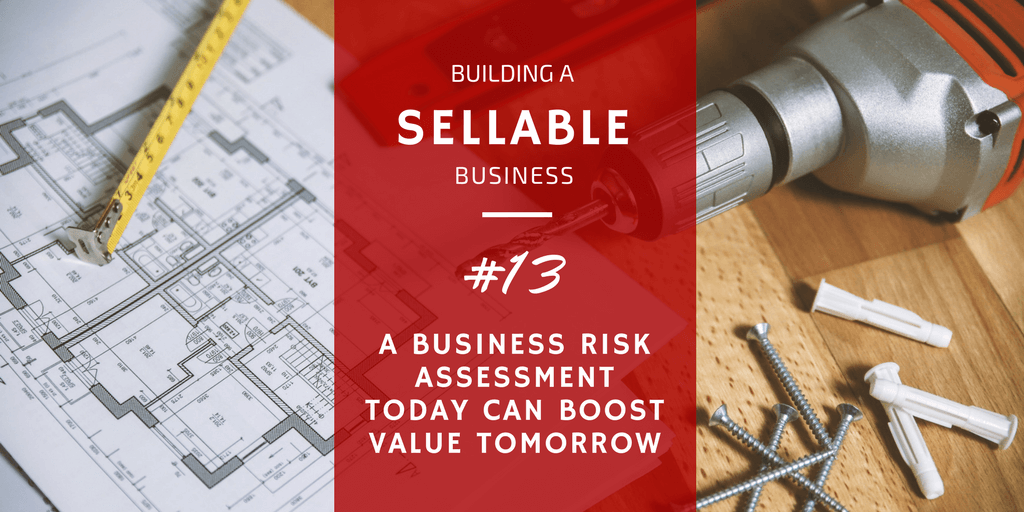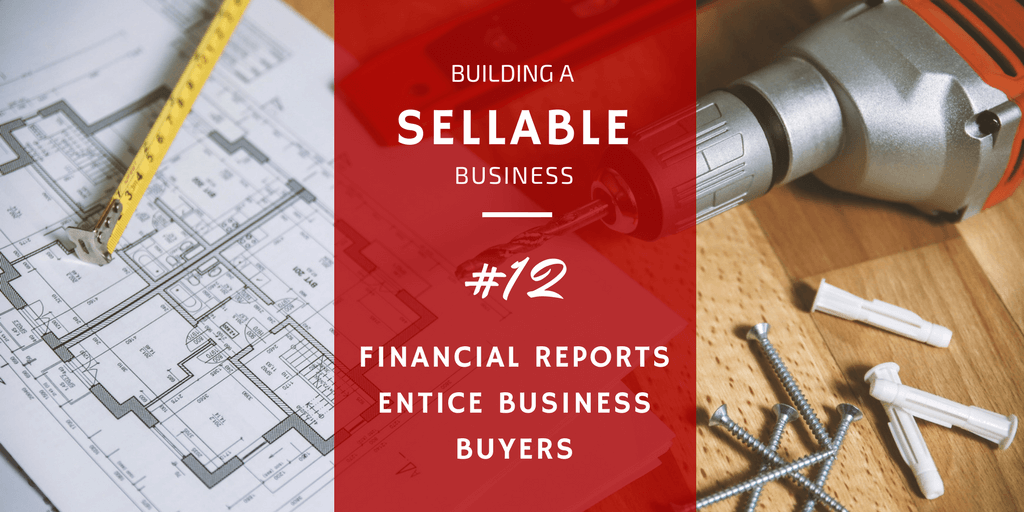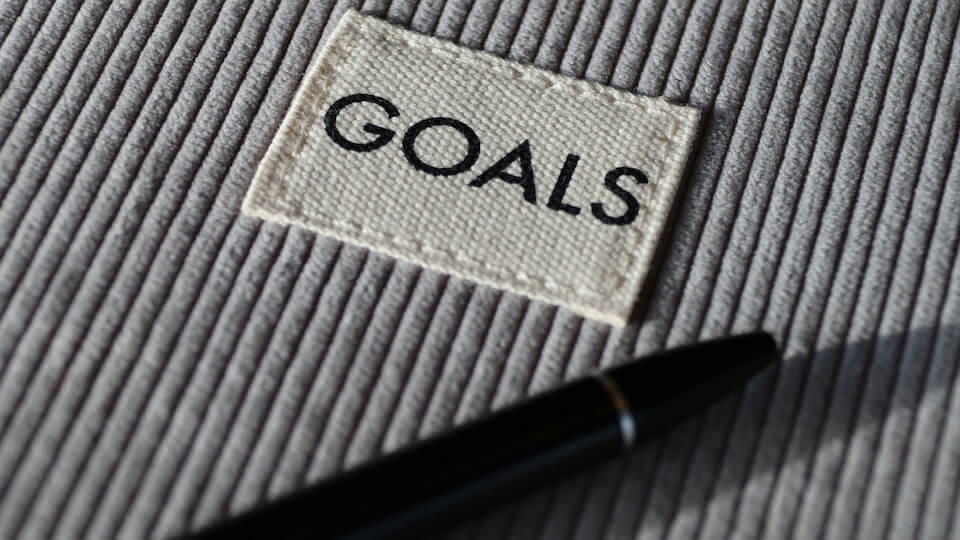
Types of Business Entities Affect Long-Term Sellability – Post #11
December 14, 2017
A Business Risk Assessment Today Can Boost Value Tomorrow – Post #13
December 28, 2017Clear Financial Reports Entice Business Buyers – Post #12

In this post, I want to look at two of my favorite things in the business world – facts and figures. We’re going to deal with the financial reports your business needs to provide to interested buyers. In order to make our business sellable, we business owners have to provide buyers and lenders with accurate financial reports that show our historical growth, our current financial status, and our business’s potential growth in the future.
Podcast Time Index for “Financial Reporting Entices Buyers”
00:44 – Which Way did He go?
02:33 – Which Way are You Headed?
03:20 – Factors that drive a Business Sale
05:12 – Putting Systems in Place
08:29 – Financials
09:08 – What is a Balance Sheet?
10:05 – Why does a Balance Sheet matter?
13:57 – Operating Statements
15:20 – Net Profit Margin Ratio
16:45 – Return on Investment Ratio
18:29 – Inventory Value Ratio
20:31 – Benefits of Ratio Analysis
21:14 – Key Performance Indicators
24:07 – How to find KPIs
27:37 -Reap the Rewards
About four years ago, a client who we’ll call Frank reached out to me for help. He had built a super successful business from the ground up, providing him approximately a million dollars of take-home income per year, and he was looking at selling it.
To get a better understanding of Frank’s business, I met him at his home way back in the country and rode around to job sites with him. While we were riding around the backwoods, I asked him a lot of questions about his business. When I asked him how he reached that million-dollar level of success, all he could tell me was that he had worked hard. Well, that answer wouldn’t help sell his company, so I asked to see his business financial statements.
At that point, Frank got really quiet. I could hear crickets; you know? To beat all, this old country boy looked at me and said, “Well, geez Son. I run my business on the back of a napkin.” What?! Then, he literally opened up the center console of the truck, and low and behold, he pulled out a napkin with the day’s figures on it. It was hysterical!
Fact and Figures Drive Success
Now, his method yielded unbelievable success. That’s undeniable. But the method was going to turn away potential buyers because a buyer can’t take figures scribbled on a napkin to the bank. They don’t look at that napkin and say, “Is this a viable business for me to buy? Is this business going to be profitable for me a couple of years from now?”
For two whole years, I tried to get Frank to implement particular systems in his business that could make it more viable to potential buyers. After he finally “yielded” to my requests, his business has experienced unbelievable growth over the last two years. And, we are finally in a position to sell his company.
Now, we can’t attribute all of Frank’s business growth to the systems I recommended he put in place. Some of his success had to do with economics, and some of it had to do with who he is, himself. Many things contributed to his company’s success. But the methods he put in place produced quantifiable financial reports that showed potential buyers Frank’s historical growth as well as the company’s potential for growth.
Financial Reports Show Growth and Current Status
So what types of financial reports show banks or buyers the health and wealth of your business? Or how do you personally figure out how well your company is doing at any given time?
Obviously, doodles on a napkin aren’t going to cut it. This is where our business management systems come into play. You’ll need to have a basic financial management system in place that allows you to compile facts and figures on a daily basis. Whether you use QuickBooks, Quicken, Sage, Microsoft Excel Spreadsheets, or an outsourced bookkeeper, the accounting system you use needs to be able to compile at least two different financial reports.
1. The Balance Sheet
Your CPA has most likely asked you to print your company’s balance sheet at the end of each year so that they can begin preparing your taxes. But what does it show? Very simply, the balance sheet tracks your company’s assets and liabilities. It provides banks, buyers, or tax advisers a picture of what you own and what you owe.
In detail, the balance sheet provides the following information about your company:
- Net worth – Accomplished by subtracting your liabilities from your assets.
- Debt to income ratio – Calculated by looking at the amount of money you’ve borrowed compared to the assets that can be used to pay off that debt.
- Cash equivalency – A quick ratio test can show how much cash your company has coming in to offset its upcoming expenses.
- Collection periods – A collection test can calculate how long it takes your company’s accounts receivables to turn into cash collections.
2. The Operating Statement
Inevitably, your company will have to produce an operating statement for lenders, buyers, and CPAs in addition to a balance sheet upon the sale of your company. You may recognize this financial report by its more common name, the Profit and Loss statement, or the P&L. While the balance sheet details your company’s assets and liabilities, the operating statement details your company’s income and expenses. Think long-term figures for the balance sheet versus short-term figures for the P&L.
In detail, the operating statement can provide the following information about your company:
- Profitability – Derived from the profit margin ratio comparing the net profits (income earned after expenses but before taxes) to your gross sales income. E.g. – If you sell $1000 in a month with a net income of $100, your profitability is 10%.
- Return on Investment – Calculated ratio that compares the net profit of your company to your company’s net worth. E.g. – If your company’s net worth is $1,000,000, and it’s earning $100,000, your return on investment is 10%.
- Inventory Valuation – Technically, the value of your inventory is how much you paid for it. To determine if you have too little or too much inventory at any given time, you need to figure up an end-inventory value ratio. E.g. – If you paid $100,000 for your current inventory, and your monthly sales are $50,000, you have a 2:1 ratio. In other words, your inventory is two times greater than your sales.
The Importance of Key Performance Indicators
While a financial management software or company can easily compile a Balance Sheet or an Operating Statement from your company’s bank ledgers and bills, you, as a business owner, will have to compile the last type of financial reports a potential buyer will need.
You will have to identify the Key Performance Indicators, or KPIs, that show how successful your business is currently and how successful it can be in the future. Once identified, you will then use the indicators to analyze and predict future income and expenses in a quantifiable financial report.
The difficult part of KPIs is that every business has different performance indicators. For example, dentists can predict income by pointing to the number of patients scheduled each week or the number of patients pre-scheduled for the upcoming year. CERTIFIED FINANCIAL PLANNERS™, on the other hand, can look at the gross client assets they manage to determine their potential income. In a different industry, a general contractor can predict his future income, or performance, by how many signed contracts they have.
KPIs aren’t just important for tracking income. They identify upcoming expenses, growth pains, risks, rewards, and opportunities. Essentially, KPIs paint a picture of the strengths and weaknesses of your business.
What to do with KPI Financial Reports
Once you predict your future income and expenses, your company’s strengths and weaknesses will show up. Obviously, you’re going to know what you like about your company and what you don’t like about your company. That’s what your buyer is looking for, too. He’s going to hire attorneys, CPAs, and people like me to tear your business apart to find its strengths and weaknesses. So you might as well use your KPIs to analyze your business before they do. Here’s what you can do:
- Consult with your advisers to identify what data a buyer needs to see.
- Create a system that produces, compiles, arranges, and presents that data in financial reports.
- Analyze the financial reports from a buyer’s perspective.
- Make the necessary changes to your business.
Reap the Rewards
So we’ve identified the compilations of financial reports buyers will want to see when they’re interested in purchasing your company. By having quantifiable, printable financial reports that show your company’s historical growth, current success, and future potential, you’re probably going to attract more buyers or more money from buyers than you would by writing your income and expenses down on a napkin.
Before selling your company, though, you can use your own Balance Sheet, Profit and Loss Statement, and KPIs to get a better grasp on your business. You can use those financial reports to increase your company’s strengths and to fix its weaknesses. If you start doing that now, your business’s value is going to shoot through the roof. You might be able to sell your company earlier than you expected, or you could sit back and reap the rewards of your hard work before you reach sale time.
So that’s today’s post, and I’m having a blast in this Building a Sellable Business series. I mean, we’re talking about raising revenue. We’re talking about changing your financial future and your family’s financial future. The business world is awesome, folks!
I’m grateful that you’re allowing me to walk this business journey with you. Like I always say, life is hard. Owning a business can be complicated. Money doesn’t have to be. Let’s continue to make our lives, at least, financially simple.




